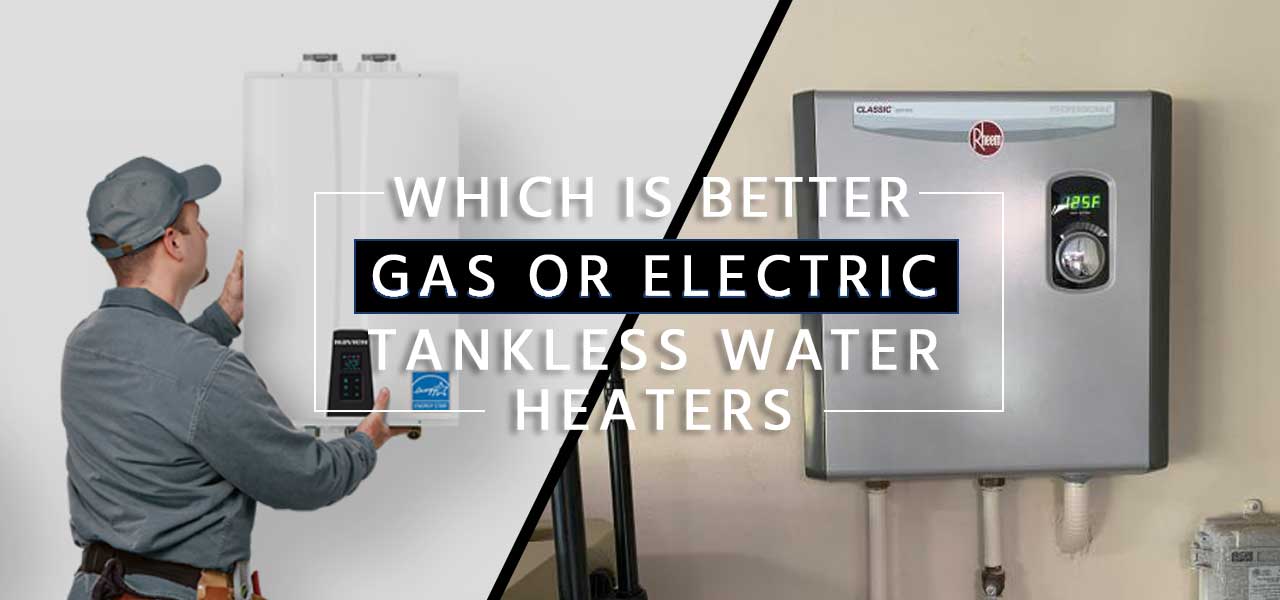If your home is built atop a concrete slab, you will want to read this.
More and more homes in the greater Houston area are being built on top of concrete slabs. These foundations often have the home’s plumbing lines run underneath the slab. This is a bad idea for several reasons. The first is that no material lasts forever, and eventually, you (or whoever owns the home after you) are going to have to repair or replace the plumbing and sewer pipes that are buried beneath the concrete pad that keeps your home from sinking into the dirt.
What Is a Slab Foundation?
A slab foundation is a type of construction base commonly used in home buildings. The structure is erected on a thick, flat concrete slab that lies directly on the ground. This slab, typically 4 to 6 inches thick, serves as the foundation for the home, integrating the floor with the foundation itself. It is designed to provide a stable and durable platform for the house, eliminating the need for a basement or crawl space.
The construction process involves laying a gravel base for drainage, then pouring concrete to form the slab, with essential utilities like plumbing and electrical lines embedded within. Slab foundations are particularly prevalent in regions with stable, non-frost-prone soil, offering a cost-effective and low-maintenance option for builders and homeowners alike.
What Plumbing Lines Are Generally Found Under a Concrete Slab?
Under a slab foundation, the plumbing lines typically buried include the main water supply line that feeds water into the home and sewer or drain lines that carry wastewater away from the home. These pipes are installed before the concrete slab is poured, and they can be made of various materials, including copper, PVC (polyvinyl chloride), or PEX (cross-linked polyethylene) for water lines, and PVC or ABS (acrylonitrile butadiene styrene) for sewer lines. Additionally, vent pipes, which help regulate air pressure in the plumbing system and allow sewer gases to escape, are also routed through the slab and extend upwards through the walls and roof of the house.
What Are the Signs That My Under-Slab Plumbing Has a Leak?
Signs of a plumbing leak from beneath a concrete slab foundation, often referred to as a slab leak, can include:
- Unexpectedly High Water Bills: An unexplained increase in water usage may indicate a leak under the slab.
- Hearing Water Running: If you hear the sound of water running when all taps are turned off, it could be a sign of a leak.
- Moisture or Mildew Under Carpets: Wet spots, dampness, or mildew under carpets or flooring can suggest water seeps up from a leak below.
- Cracks in the Foundation or Walls: Water from a leak can undermine the slab’s and house’s structural integrity, leading to visible cracks in the foundation or walls.
- Warm Spots on the Floor: In the case of a hot water line leak, you might notice areas of the floor that are unusually warm.
- Reduced Water Pressure: A leak in the supply line might result in lower water pressure in your home’s faucets and showers.
- Pooling Water Around the Home: Unexplained water accumulation around the exterior of your home could be due to a slab leak.
- Shifting Foundation: In severe cases, a slab leak can cause the foundation to move, potentially leading to doors that won’t close properly or uneven floors.
Early detection and repair of slab leaks are crucial to prevent extensive water damage and the potential for mold growth and avoid costly repairs to the foundation and plumbing system.
Can You Detect a Plumbing Leak Under a Concrete Slab?
Detecting a plumbing leak under a concrete slab is possible with the right tools and techniques, which are designed to locate the source of the leak without the need for extensive excavation. One standard tool used in this process is an acoustic leak detector, which amplifies water’s sound as it escapes from a pipe. Technicians use headphones and a microphone to listen for the sound of running water beneath the slab. The louder the sound, the closer they are to the leak. This method is highly effective because water escaping a pressurized pipe creates a distinctive noise that can be detected through the concrete.
Another advanced tool for identifying slab leaks is infrared thermography, which detects temperature differences in the slab caused by leaking water. As water escapes from a pipe, it cools the surrounding concrete, and an infrared camera can visualize these temperature variations, pinpointing the leak’s location.
Additionally, plumbers might use video inspection tools, inserting a camera into the pipe to visually inspect its interior for cracks, breaks, or blockages. This method not only confirms the presence of a leak but can also provide valuable information about the plumbing system’s condition beneath the slab.
These tools allow professionals to accurately diagnose and address leaks under a concrete slab, minimizing damage and repair costs.
How Is an Under-Slab Leak Repaired?
Repairing an under-slab leak requires careful planning and precise execution to minimize damage to the property.
One standard method used is slab penetration, where the flooring above the suspected leak area is removed, and a jackhammer is used to break through the concrete slab to access the leaking pipe. Once the leak is exposed, the damaged section of the pipe can be repaired or replaced.
This method, while effective, can be invasive and requires restoration work afterward to repair the concrete and flooring. It’s typically employed when the leak is isolated and can be precisely located, minimizing the area of the slab that needs to be disturbed.
Another less invasive technique is pipe relining, which involves inserting a flexible, resin-coated liner into the damaged pipe. Once in place, the liner is inflated to adhere to the inside of the existing pipe, creating a new, leak-proof lining. This method avoids breaking through the concrete slab, significantly reducing repair time and disruption to the property. Pipe relining is especially useful for repairing leaks in sewer lines or where the plumbing runs under a large area of the home or building. It offers a durable solution that can extend the life of the existing pipes without the need for extensive excavation.
Whichever method is chosen, it’s crucial to address under-slab leaks promptly to prevent further damage to the structure and maintain the integrity of the plumbing system.
How Can I Prevent Under Slab Leaks?
Preventing under-slab leaks involves a combination of proper construction practices, routine plumbing maintenance, and early detection strategies. During construction, it’s critical to ensure that plumbing materials of the highest quality are used and that installation complies with the best practices. This includes protecting pipes from potential damage by ensuring they are adequately bedded without sharp rocks or debris that could cause punctures or cracks over time.
Water treatment systems can also be installed to soften hard water, which can be harsh on plumbing systems, leading to corrosion and eventual leaks. Proper slope and alignment of pipes facilitate better water flow, reducing the likelihood of blockages that can increase pressure and cause leaks.
Routine maintenance and inspections are crucial for early detection of potential issues before they lead to under-slab leaks. Homeowners should monitor water bills for unexpected increases, which can indicate hidden leaks. Regularly checking exposed pipes for signs of corrosion or damage can also help identify issues early.
Professional plumbers can conduct thorough inspections using cameras to explore the condition of pipes that are not easily accessible. Implementing these preventative measures can significantly reduce the risk of under-slab leaks, protecting your property from the extensive damage and costly repairs that such leaks often entail.
What Do I Do When Confronted with an Under-Slab Leak?
In conclusion, under-slab leaks present a formidable challenge to homeowners, requiring swift action and expert intervention to mitigate damage and restore peace of mind. Recognizing the signs of such leaks and understanding the options for repair are crucial first steps in protecting your property. However, the expertise and approach taken by professionals in detecting and repairing these leaks can make a significant difference in the outcome.
This is where Nick’s Plumbing & Air Conditioning stands out as the premier choice for Houston residents. With years of experience and a commitment to using the latest technology, Nick’s team offers precise leak detection and efficient repair solutions that minimize disruption to your home and daily life. Their thorough understanding of the unique challenges presented by under-slab leaks, combined with a customer-focused approach, ensures that your plumbing issues are resolved with the utmost care and expertise.
Choosing Nick’s means opting for a partner who values the integrity of your home as much as you do, making them the go-to service for any under-slab leak concerns in Houston.
Call Nick’s Today. We’re on the Way.


























